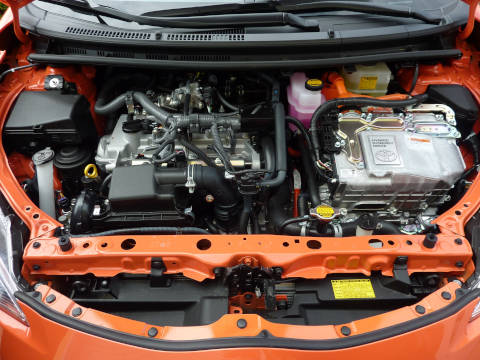Keeping the engine in good condition will ensure your vehicle runs for a long time.
The following will indicate that it is time for you to service your vehicle:
- Your vehicle will start but will not move
- The check engine light is on
- Your car is making knocking noises
- Belts are slipping or squealing

Engine Flush and Treatment
Overtime engines can build up sludge and deposits when not maintained well. In these situations, getting the gunk flushed out of the engine will improve it's performance and life span. The engine flush uses a chemical additive that breaks down accumulated deposits inside the engine, returning the engine to it's former condition, improving fuel efficiency, and reducing emissions.
One thing to keep in mind when conducting an engine flush is that if the engine has not been maintained over the years, the engine seals could have cracked and the engine deposits could have resealed them over time. Doing an engine flush would break up the deposit barrier on the cracked seal, causing the engine to leak oil. If you suspect this could happen, fixing the bad seals before doing the flush would be recommended.
Starter
When your car dashboard lights up but nothing happens when you turn your key, it could be a sign that your starter is malfunctioning. One trick to verify is by tapping the starter lightly with a small hammer. This sometimes knocks the electrical components that are failing back into position allowing you to start the car. If your car starts, drive it straight to your mechanic as this trick might not work too many times.
Alternator
The alternator creates electrical energy from the mechanical energy that the engine creates by burning the fuel. This electricity is then provided to the car and used to keep the battery charged.
Similar to the starter, the alternator's electronic components can wear out over time. When this happens, the battery will take over to provide the necessary power for your vehicle until it is depleted, at which point your car will no longer be able start.